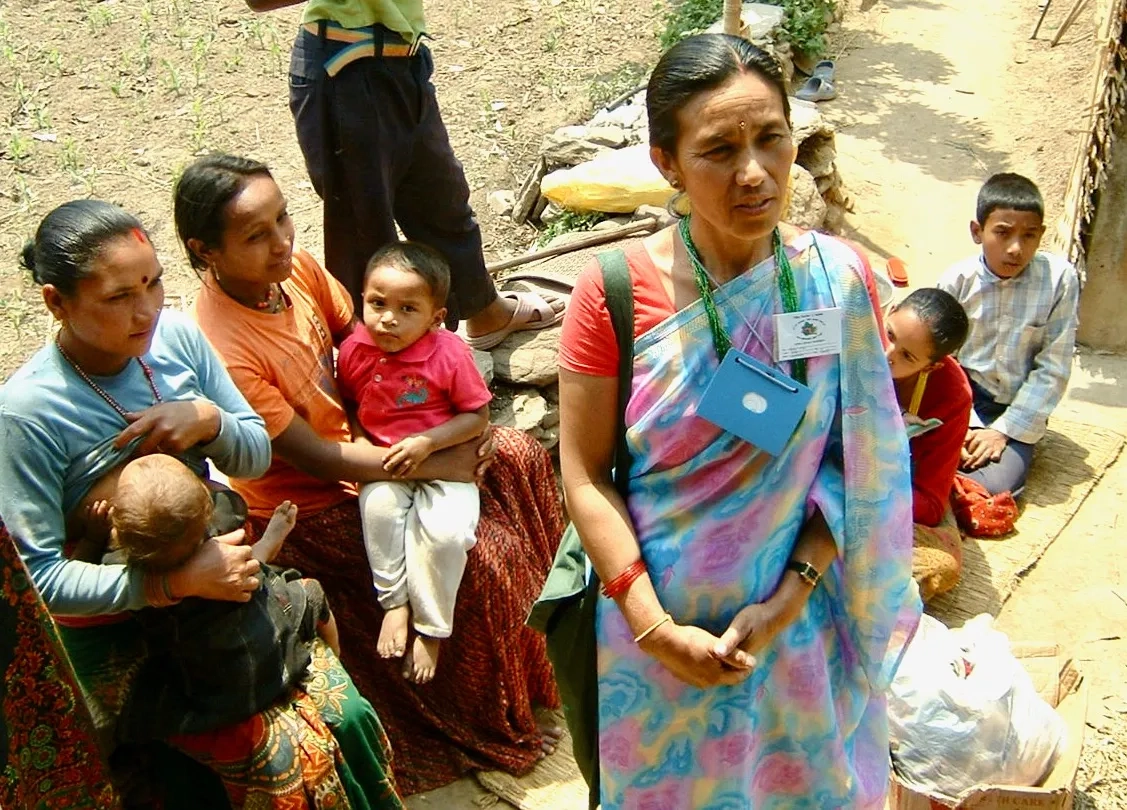USAID cuts: Some maternal & child health initiatives in Nepal end, others uncertain

I published the following on my Substack, Changing Nepal, on 26 Feb. 2025.
The hiring of 36 nurses to promote breastfeeding and creation of seven simulation labs designed to improve workers’ maternal healthcare skills are two programmes that have been slashed after USAID stopped operating in February.
Running of the country’s only human milk bank at Paropakar Maternity and Women’s Hospital in Kathmandu will also be hit.
The nurses were dismissed after the US development aid facility was dismantled by the new Trump government, says Dr Bibek Kumar Lal, director of the family welfare division (FWD) of the department of health, reported the Kathmandu Post.
As I pointed out in 2023, the rate of children who are exclusively breastfed has been falling in recent years. It was 56% of infants aged 0-5 months, according to the latest government figure, in the Nepal Demographic and Health Survey (NDHS) 2022. This compares to 66% in 2016.
Challenges to breastfeeding include the lack of support systems for working mothers, such as breastfeeding spaces in workplaces, incessant marketing by formula makers, and — something that surprised me — the low rate of counselling given to pregnant women and new mothers, compared to advice on such issues as eating healthy.
The hired nurses were meant to be trained and then sent to work in 18 hospitals countrywide to promote exclusive breastfeeding, according to the Post.
Hands-on experience using dummies
The first simulation lab was scheduled to start running at the maternity hospital in Thapathali, Kathmandu this month, according to Surya Bhatta, interim co-CEO of One Heart Worldwide (OHW). Work was about to begin on labs in three other hospitals, but OHW was relying on USAID funding for the project, Bhatta told me at his office on 19 Feb.
An international organization, OHW has worked in maternal and newborn health in Nepal since 2010.
Bhatta said OHW has already written to other external partners of the Government of Nepal to try and raise the $1.2 million needed to build and run the labs. “I’m not sure, honestly, if we can do it. We're very committed but... that's a lot of money.”
The OHW email says, “The suspension of USAID-funded health initiatives in Nepal threatens to disrupt essential MNH services, disproportionately affecting the most marginalized communities and effectively reversing years of progress in reducing maternal and neonatal mortality. Many of these projects provide crucial support to rural health facilities, ensuring the availability of skilled birth attendants, essential medical equipment, and emergency obstetric care where they are most needed.”
OHW itself is losing nearly one-third of its 2025 funding after the Trump administration dismantled USAID, but it will retain its entire staff until the end of the year, said Bhatta.
The simulation labs are designed to give health staff in smaller facilities a chance to do advanced training, said the director of the maternity hospital, Dr Shree Prasad Adhikari. “For example junior doctors and nurses working in remote areas who have to do C-sections or other complicated deliveries could come here and learn skills before operating on patients,” Adhikari told me in an interview at the hospital on 21 Feb.
Human milk bank will feel pressure
Adhikari explained that USAID and UNICEF are external funders of the human milk bank, which opened at the maternity hospital in 2022. It collects, pasteurizes, tests, and stores safe donor human milk from lactating mothers and then provides it to infants in need.
“It will be difficult to maintain the existing equipment and buy anything new that’s required,” said Adhikari. “However we don’t have a lot of other resources (to replace the USAID funding) because we are providing many services free of cost.”
USAID cuts are a reminder that the hospital has become dependent on external support, which can be unpredictable, noted the director. “Ultimately, our goal is to be independent. Because once you become dependent, your mentality also becomes dependent… So of course the government should be thinking of other funding sources, like (health) insurance. They have to make it more realistic and better organized.”
The department of health also receives funding from USAID for the following programmes, according to its 2022-2023 annual report:
- Family planning & reproductive health
- HIV/AIDS and STI
- Water sanitation and hygiene
- Health system strengthening
- Physical disability and rehabilitation
- Global health security.
Nepal has drastically cut the maternal mortality ratio in recent decades, from 539 deaths per 100,000 births in 2006 to 151 in 2021. But progress has slowed and the country does not appear on track to meet the 2030 target of 70 per 100,000, contained in the global Sustainable Development Goals (SDGs).
The neonatal mortality ratio went from 39.2 per 1,000 live births in 2000 to 16.2 in 2021, according to United Nations figures.
Hiring nurses dedicated to breastfeeding, opening the human milk bank, and building simulation labs are just three of many initiatives that the FWD has launched in recent years to try and get maternal and child health back on track. I’ll be posting an article examining many of these soon.
